It’s been almost four years to the day since the first unveiling of what was then known as the Mission E Concept, Porsche’s first take on the car we see here. Fast forward to the present, and the German marque has unveiled the production version of its first full EV, the Taycan in two variants, the Turbo and the Turbo S.
Porsche has conducted a simultaneous launch from three continents, each representing sources for sustainable energy – Niagara Falls in North America for hydro power, a solar panel array in Neuhardenberg near Berlin, Germany for solar power and a wind farm in Pingtan Island, near Fuzhou, China for wind power.
As for the Turbo nomenclature, there are no metal snails anywhere in the car – this is Porsche’s way of distinguishing between variants of its fully electric model. In this case, the launch duo is likely to be the top of the Taycan range, and the naming will follow current Porsche convention; ‘S’ and ‘GTS’ versions are likely to follow as more modestly equipped variants. For now, the Turbo and Turbo S make up the range, both powered by a pair of permanent magnet synchronous motors, with one for each axle.
In the Taycan Turbo S, the electric powertrain yields 625 PS, or 761 PS in overboost mode when Launch Control is summoned, and 1,050 Nm of torque. Acceleration figures for the Taycan Turbo S are as follows: 0-100 km/h takes 2.8 seconds, 0-160 km/h in 6.3 seconds and 0-200 km/h in 9.8 seconds, with a top speed of 260 km/h. Rated range for the Turbo S on the WLTP test cycle is from 388 km to 412 km.
The setup in the Taycan Turbo yields the same 625 PS output, though overboost power for Launch Control is lower at 680 PS, as is torque at 850 Nm. The Turbo does 0-100 km/h in 3.2 seconds, 0-160 km/h in 6.9 seconds and 0-200 km/h in 10.6 seconds, with top speed an identical 260 km/h. Rated range for the Turbo on the WLTP test cycle is from 381 km to 450 km.
Both the Turbo S and Turbo feature a 93.4 kWh battery, with a maximum charging capacity of 270 kW in both variants. For the Turbo S, AC charging at 11 kW from flat to 100% takes 9.0 hours, while DC at 50 kW for 100 km of range takes 31 minutes and 5% to 80% at the same capacity takes 93 minutes. Charging at 270 kW DC to a 100 km battery range takes 5.5 minutes, and a 5%-80% charge at the same capacity takes 22.5 minutes.
Onwards to the Taycan Turbo. AC charging at 11 kW from flat to 100% takes 9.0 hours, while a 50 kW DC charge for 100 km of range takes 28 minutes, and 93 minutes for a 5% to 80% charge at the same capacity. Charging at 270 kW DC for a 100 km range takes five minutes, while charging from 5% to 80% at the same capacity takes 22.5 minutes.
For combined electricity consumption on the NEDC cycle, the Taycan Turbo S is rated at 26.9 kWh/100 km, while the Taycan Turbo is rated at 26.0 kWh/100 km; naturally, CO2 emissions for both are 0 g/km. The Taycan Turbo and Turbo S are identical in most dimensions, measuring 4,963 mm long with a wheelbase of 2,900 mm, and 1,966 mm wide (2,144 mm including mirrors).
The Turbo S is 1,378 mm tall compared to the Turbo at 1,381 mm tall, while curiously, the range-topper has the slightly narrower footprint with front and rear track widths of 1,690 mm and 1,655 mm respectively, compared to the Turbo’s front and rear track widths of 1,702 mm and 1,667 mm.
The Turbo S weighs 2,295 kg unladen, while the Turbo weighs 2,305 kg unladen, while drag coefficient is 0.25 for the former and 0.22 for the latter. For luggage, the Taycan Turbo S and Turbo both feature identical compartment volumes of 81 litres and 366 litres front and rear, respectively, with a 75 kg roof load rating.
The battery pack makes room for recesses for the rear passengers, at once aiding occupant comfort and centre of gravity. Driveline equipment in both the Taycan Turbo S and Taycan Turbo feature a two-speed transmission on the rear axle of each car, in order to provide strong acceleration from a standstill while aiding efficiency at higher speeds. Transmission for the front axle motor remains single-speed.
Chassis for both the Taycan Turbo S and Taycan Turbo is comprised of adaptive air suspension with three-chamber air springs controlled by Porsche Active Suspension Management (PASM), with an aluminium double wishbone setup in front and an aluminium multi-link setup at the rear. The Turbo S gets rear-axle steering as standard, and is optionally available on the Turbo.
Braking is handled on the Turbo S by a Porsche Ceramic Composite Brake (PCCB) system featuring 10-piston monobloc calipers on 420 mm x 40 mm discs in front and four-piston monobloc calipers on 410 mm x 32 mm discs at the back, and these are housed in 21-inch wheels with 265/35 tyres in front and 305/30 tyres at the back.
Meanwhile, the Turbo gets the Porsche Surface Coated Brake (PSCB) system with 10-piston monobloc calipers on 415 mm x 40 mm discs in front and four-piston monobloc calipers on 365 mm x 28 mm discs at the back, housed in 20-inch wheels shod in 245/45 tyres in front and 285/40 tyres at the back.
Porsche uses the 4D Chassis Control system for the Taycan’s chassis, where all chassis systems are analysed and synchronised in real time. Energy recuperation in the Taycan is significantly greater than those in competitor models, says Porsche, with tests having shown that 90% of everyday braking are conducted by the motors alone, without activating the conventional hydraulic brakes.
Driving modes follow a profile similar to Porsche’s existing models, with a choice of four available in ascending order of sportiness – Range, Normal, Sport and Sport Plus. An additional Individual mode enables the configuration of drive and chassis settings to the driver’s preference.
As with various elements of the Taycan, the EV’s interior has been unveiled by the manufacturer itself ahead of the new model’s launch, and from here we know that the infotainment displays and driver instrumentation are now firmly in the modern age with no analogue dials save for the Sport Chrono item atop the dashboard. In a nod to tradition, the power button is to the left of the steering wheel.
The driver gets a 16.8-inch curved display that does without the traditional cowl in order to give a modern appearance alike those of smartphones and tablets, with a vapour-deposited, polarising filter employed to handle potential glare in place of a conventional shade.
Four display modes are offered – Classic mode, with a central power dial, Map, for navigation, Full Map mode, and a simplified Pure mode.The aforementioned move away from physical hardware controls comes in the form of touch operation or voice control via the command cue ‘Hey Porsche’.
All vehicular settings can be set up via the central 10.9-inch screen, which offers control of navigation, phone, media, comfort and Porsche Connect functions; optimised voice control can provide even quicker access.
There is also the option of a touchscreen for the front passenger, which enables his or her own selection without distracting the driver. The centre console also features an 8.4-inch haptic feedback touchscreen panel for direct control of air-conditioning, as well as handwriting recognition.
Taking a cue from the Panamera, the Taycan also does away with traditional air-conditioning vent hardware, instead using Virtual Airflow Control for fully automatic, digital operation. A choice of focused or diffused flow is offered, while the optional four-zone Advanced Climate Control with 5.9-inch rear haptic touch control panel enables rear seat operation.
The interior of the Porsche Taycan carries on the theme of sustainability with a range of upholstery options, including the option of a fully leather-free material called Race-Tex. The microfibre material is made partially of recycled polyester fibres, and emits 80% less CO2 throughout its manufacturing process.
Floor coverings use Econyl recycled fibre, made from items including recycled fishing nets. In addition to this and classic leather, sustainably tanned Club Leather is also available. Interior colours exclusive to the Taycan include Black-Lime Beige, Blackberry, Atacama Beige and Meranti Brown.
The order books for both the Taycan Turbo S and Taycan Turbo are now open, the former to be priced from US$187,610 (RM786,596) and the latter from US$153,510 (RM643,625) in the United States. Less powerful variants will follow later this year, with the first version of the Taycan Cross Turismo to debut at the end of 2020.
- Photography: Christoph Bauer Postproduction: Wagnerchic – www.wagnerchic.com
Looking to sell your car? Sell it with Carro.

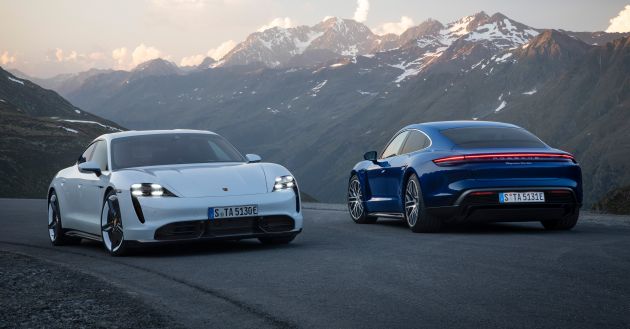
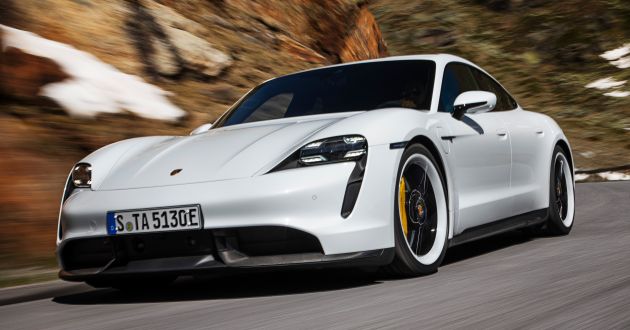
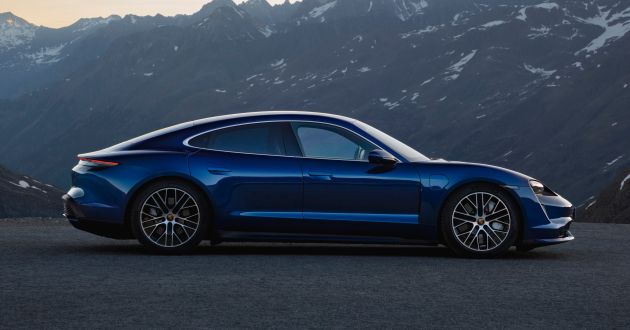
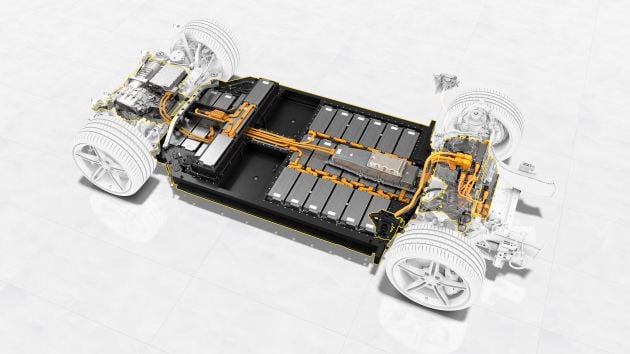
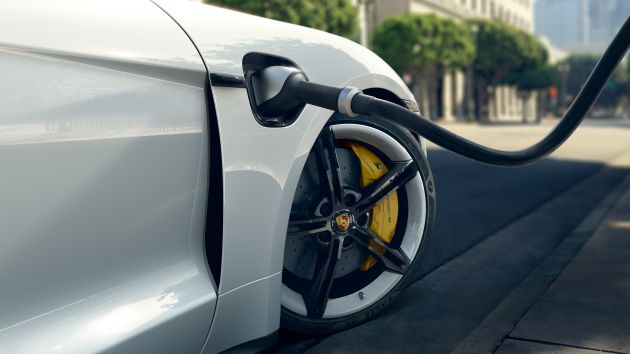
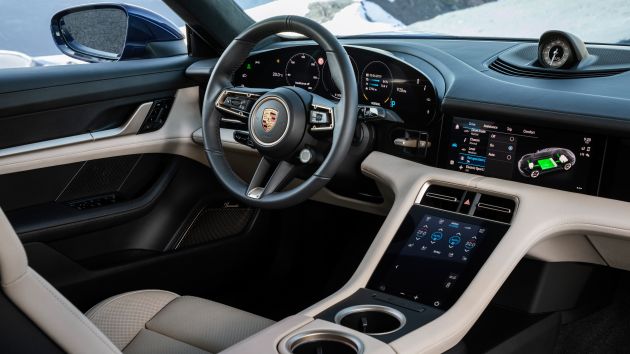


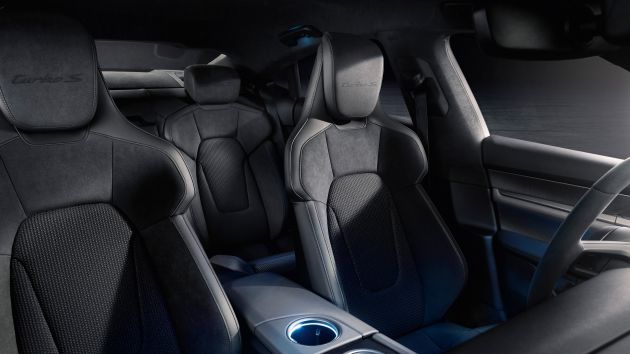
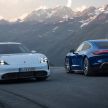
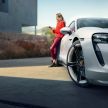
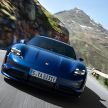

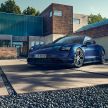
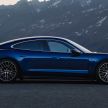
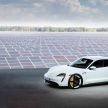
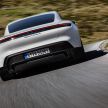
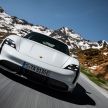
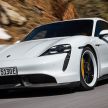
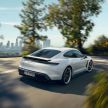
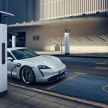
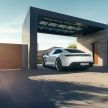
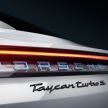
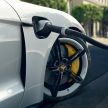
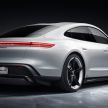
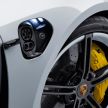


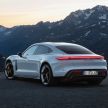
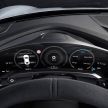
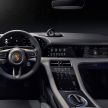
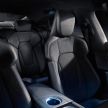
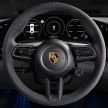
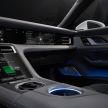
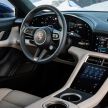
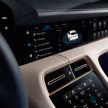
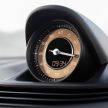
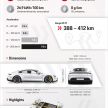
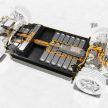



Every car manufacturer is moving towards Hybrid and EV. Those car manufacturers still sleeping, pls wake up. By 2040, the whole of Europe will be fully EV and no more petrol cars sold.
How are you going to sell your petrol cars when the whole world uses EV?
Toyota should quickly rebadge this! Toyota, what are you waiting for!
That are Toyota’s wet dreams. But Porsche won’t give them any models to rebrand… ;)
Newsflash: Modified Tesla Model S beats Porsche Taycan time by 20 seconds on the Nurburgring. Official news will follow.
Yeah, like the carmaker that showed us a hybrid in 2003 saying production was feasible. Until 2019 still no news of any production hybrid car. Must be still sleeping like you said, right?
Malaysians are still waiting for Proton Iriz EV. 7 tahun tunggu ni
But that also meant Malaysians had been waiting for Kenari hybrid for 16 years. 16 tahun menunggu, masih lagi menunggu….
7 years Iriz EV vs 16 years Perodua Hybrid. Which one is sleeping longer?Don’t tell me your math is that bad…
Looking at this Taycan. Felt much happy with my 5mth old Panamera Turbo.
187k USD is reasonable for a Porsche. But 330usd option for electric folding side mirror is funny
nice to see only.
Front has the New Supra vibe.
I think the Taycan is a real winner for Porsche. I couldn’t fault it from a design perspective for both the interior and exterior design. Although the Mission E still looks better but kudos to Porsche for making the production car very close to the concept. The only regret I have is, I can’t afford this baby!
Charging with 270kW? A big transformer at a electric power transformation substation (the big ones with barbed wire fences around and high voltage lines) is rated with 30MVA=30000kVA. That’s enough for a small town with 20.000 citizens, including industry. Or to charge 100 cars with 270kW…
Where shall all the electric power come from, for, let’s say, 1000 270kW chargers?
air intake vent near headlights?
do i see inspiration from mclaren there?
why call turbo, should been called the Porsche Taycan Vacuum Cleaner S